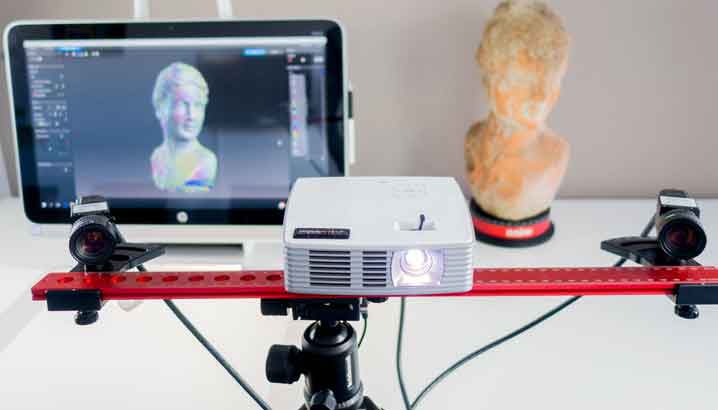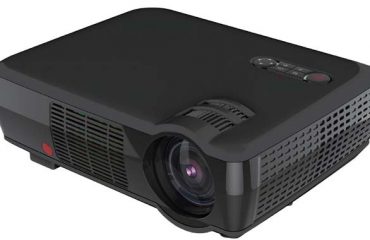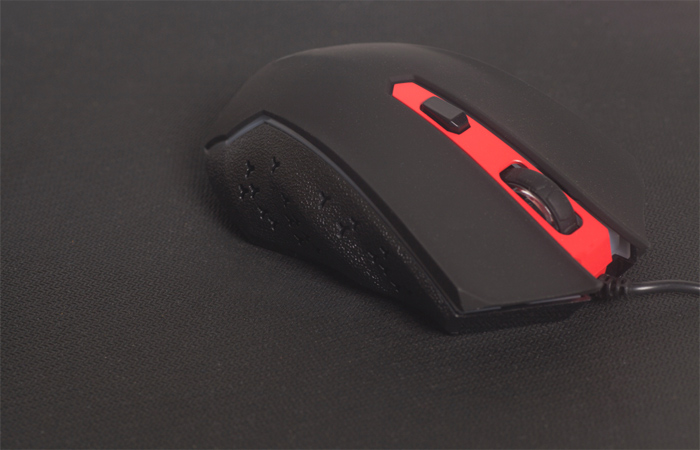To scan a 3D object with a scanner, you need to first create a bounding box. This box is the region around the object that you want to capture. You can move it in three dimensions and resize it if you want to. The object’s surface must have enough geometry complexions and be distinct from the surrounding environment to be scanned. Next, you need to tap on the Scan button.
Generates a Point Cloud
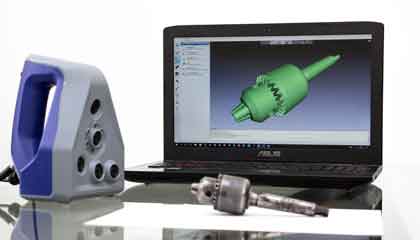
A 3D scanner generates a point cloud and polygon mesh. A point cloud has many points and is a collection of geometric samples. The points on the model are used to extrapolate the subject’s shape. The colour information at each point determines the surface texture. The best way to scan an object is to place it on a flat surface and scan it with a bright light.
Create 3D Prints Using Scanners
A scanner uses point clouds to generate a 3D model of an object. A point cloud is made up of geometric samples. The points in a point cloud can be used to determine the shape of an object or subject. These models can be used to make 3D prints. There are some important things to remember when scanning with a scanner. Once you have a proper model, you can use it to create a new product, sculpt a model, or use it for a design.
Scanning Object with Correct Light
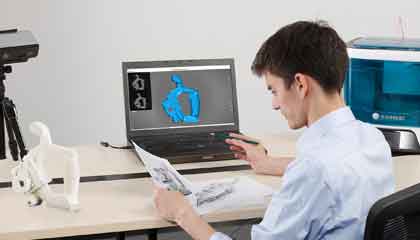
The first thing to remember when scanning an object with a scanner is the correct light. The light should be bright enough to allow the scanner to read the complex geometry. You should also make sure that the model fits on the screen. It is very easy to scan an object with a professional 3d scanner, but it requires a certain level of skill. If you’re not sure about the lighting, ask a professional to assist you.
Scanning Tips
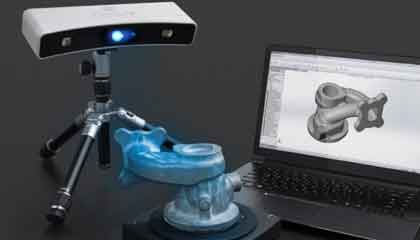
Another important thing to remember when scanning is the proper lighting. The light should be bright and evenly spread around the object. This is especially important when you are scanning a complex object, such as a car. A small light source won’t properly scan the objects with complex geometry. You should also ensure that the light is evenly distributed around the object. For a good 3D model, the light should reach the entire surface, with no shadows or highlights.
The best light for 3D scanning is bright enough to produce an accurate result. It should spread evenly around the object so that the light can be evenly spread around the object. The model should fit on the screen. The screen is the most important aspect to ensure accurate results. You can’t scan an object while it’s in motion. It’s important to make sure that the object will fit on the screen before capturing it.
Conclusion
Before starting the scanning process, you need to make sure the light is right. You’ll need a bright light to capture the object. This is particularly important for models that have complex geometry. It’s important to remember that the model must fit on the screen – if it doesn’t, it will be impossible to get accurate results. Lastly, you need to make sure that the scan has the right proportions and is in the right position.

